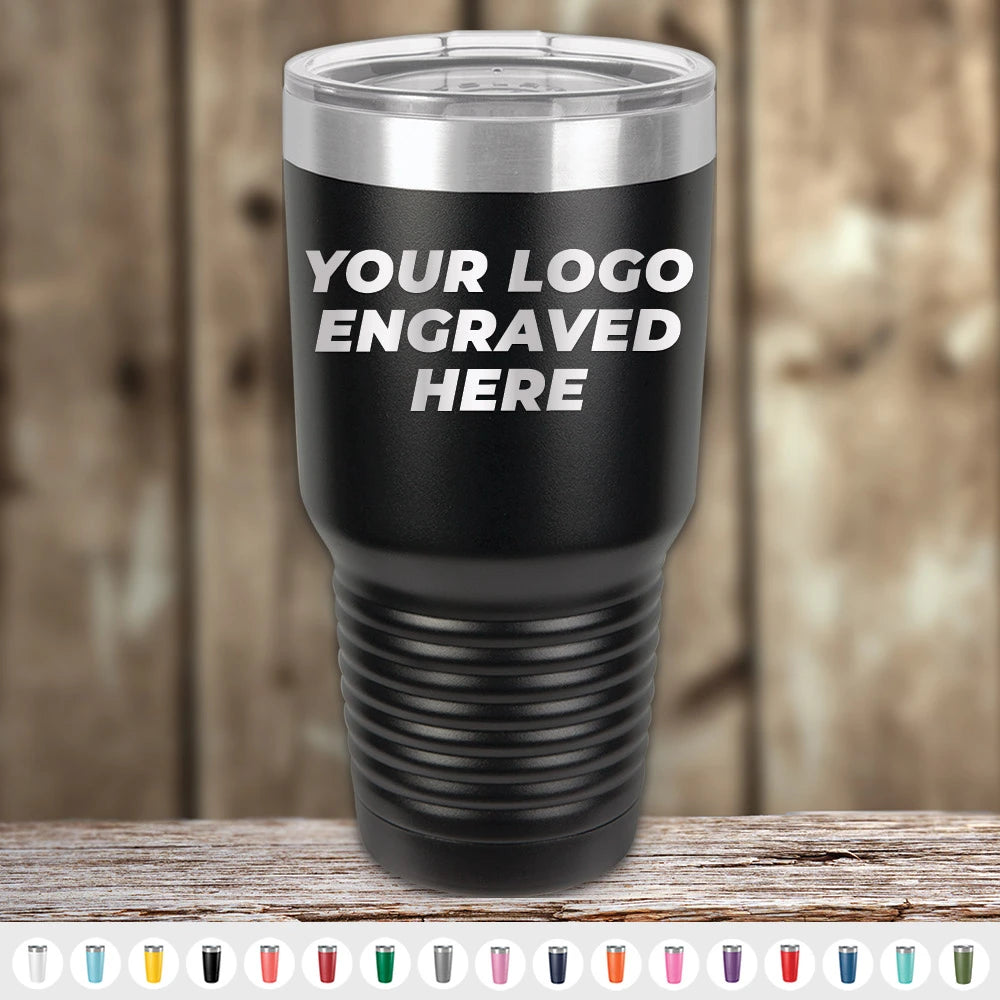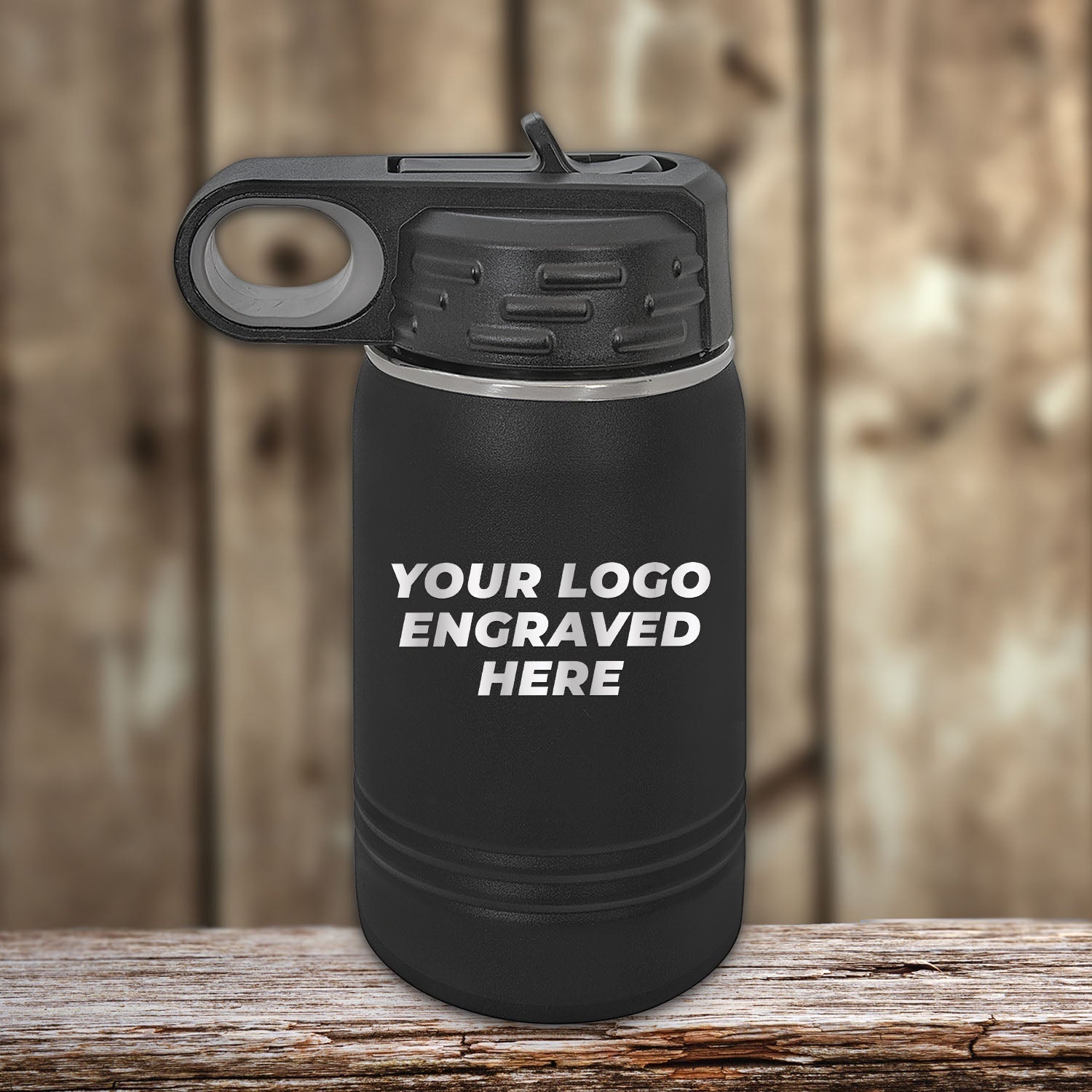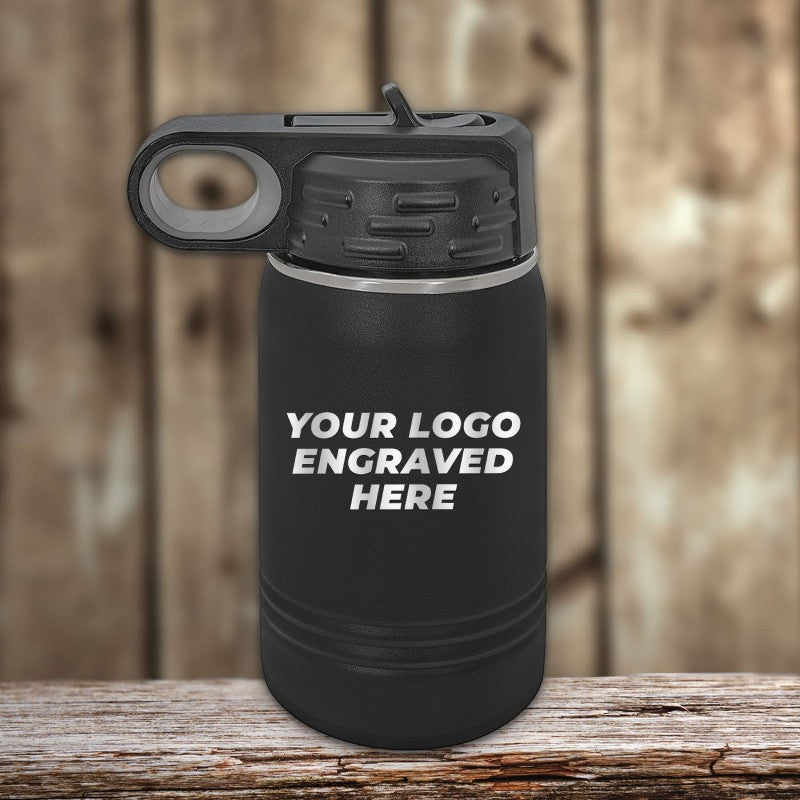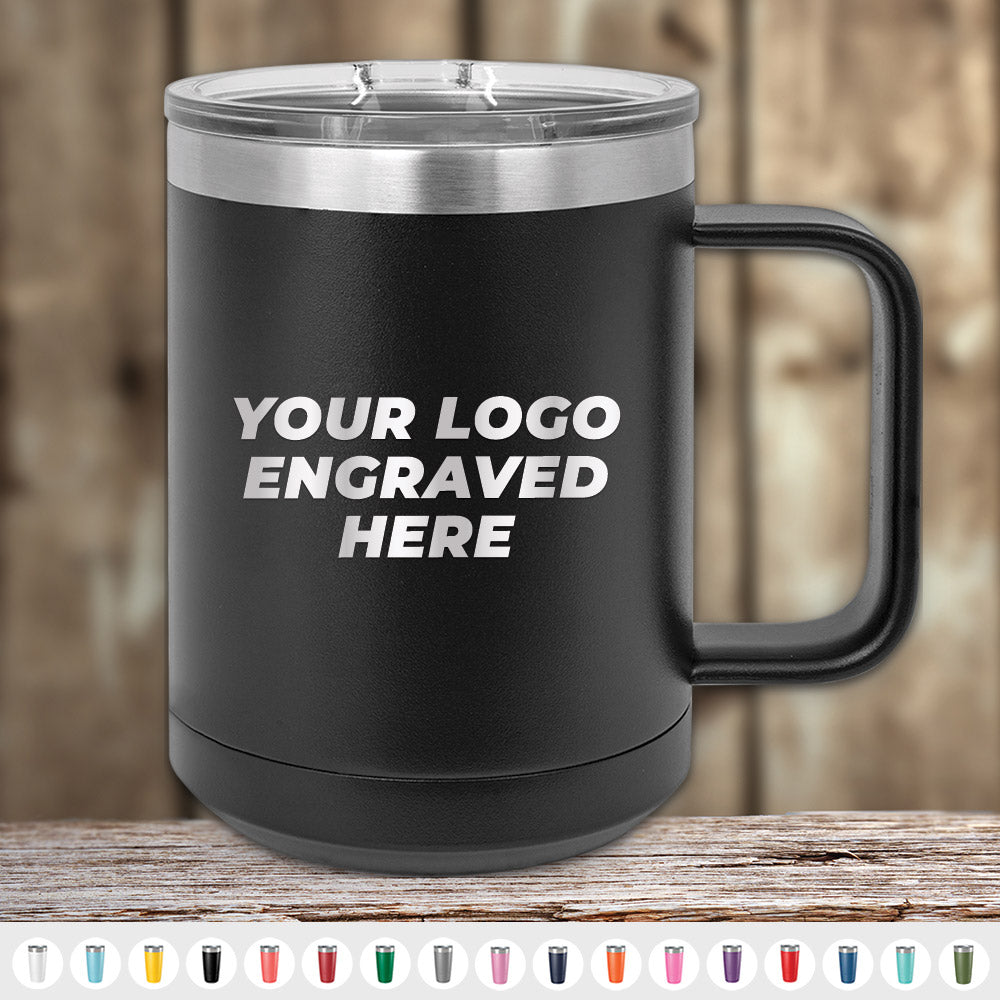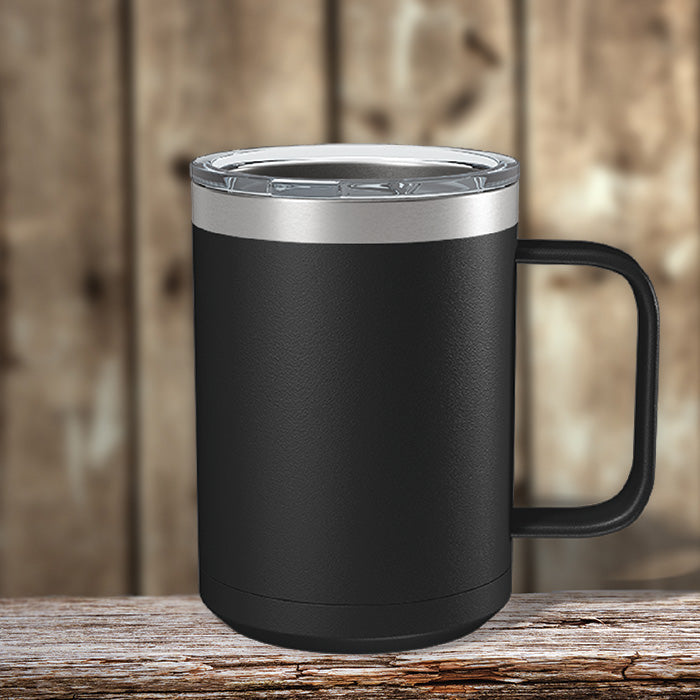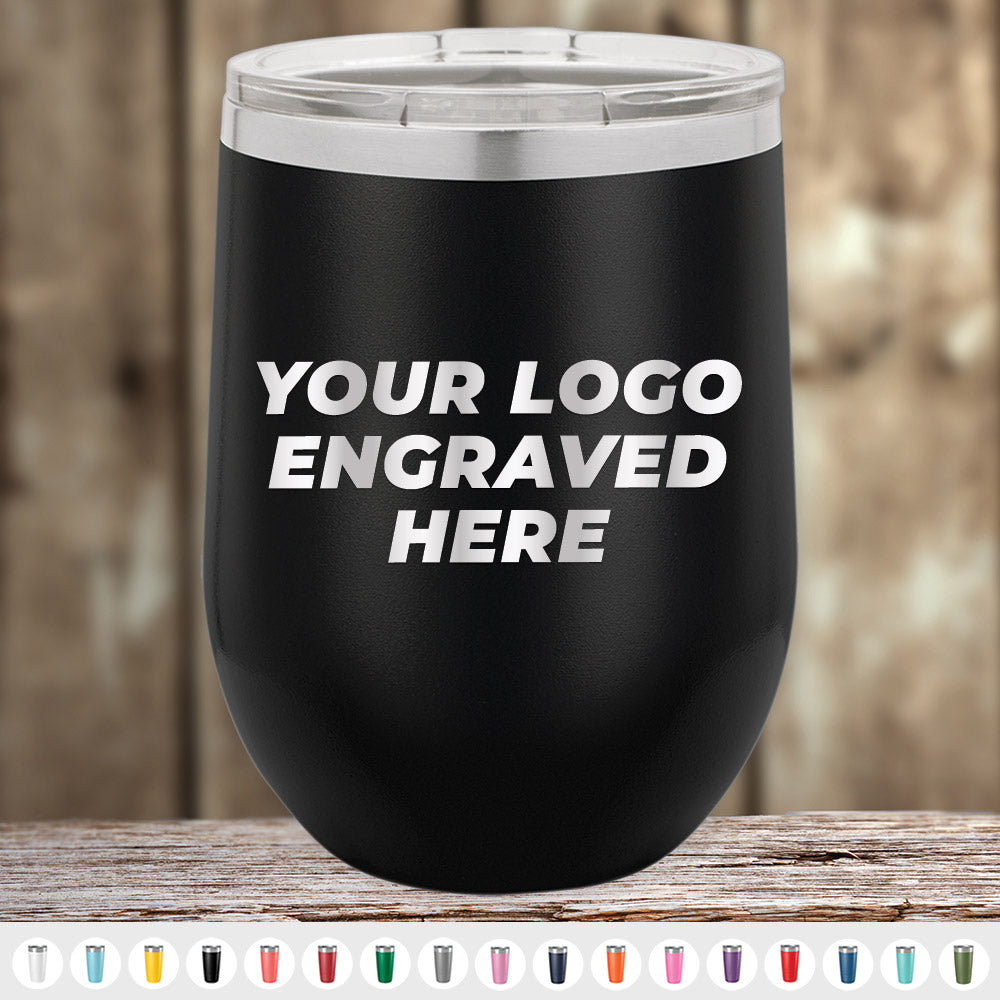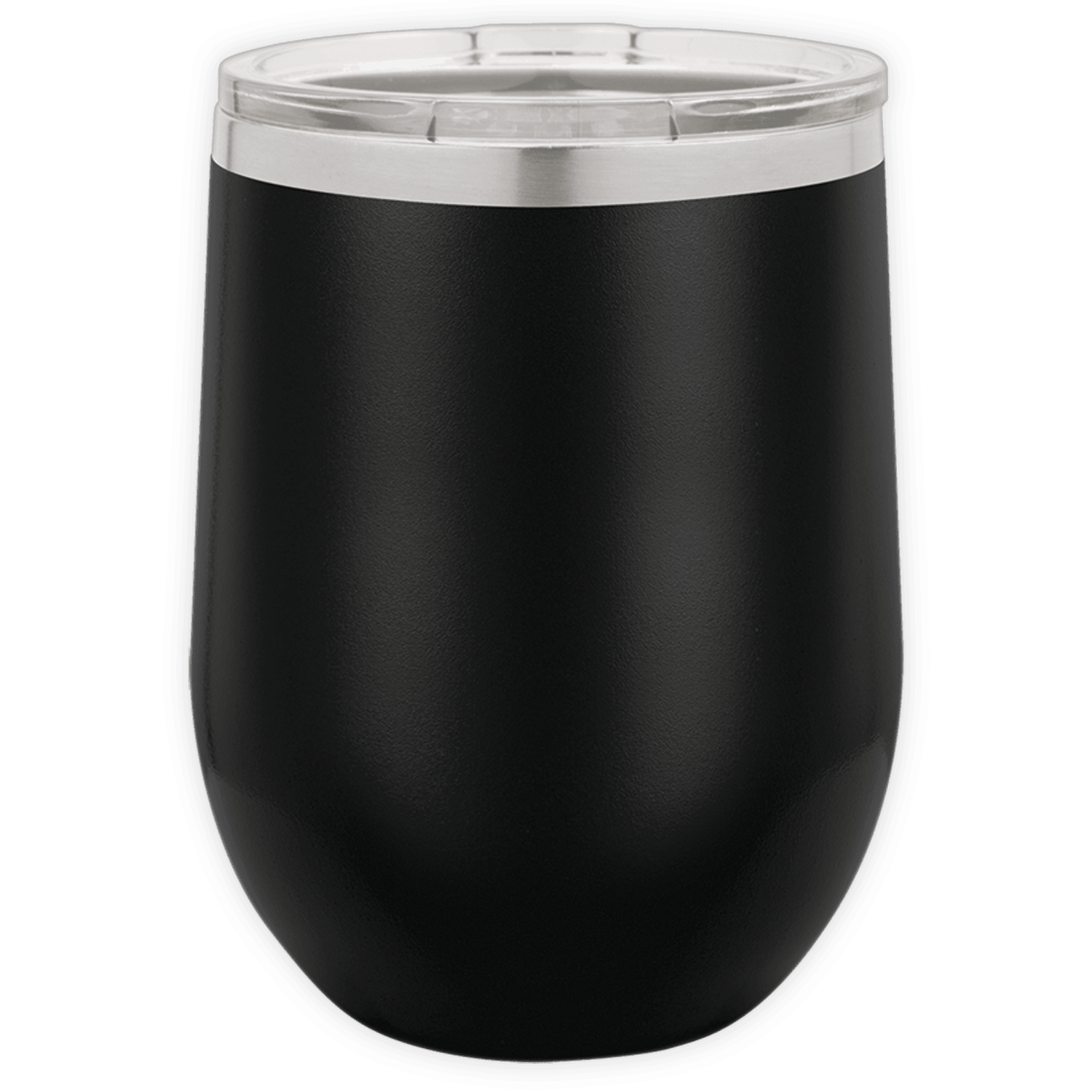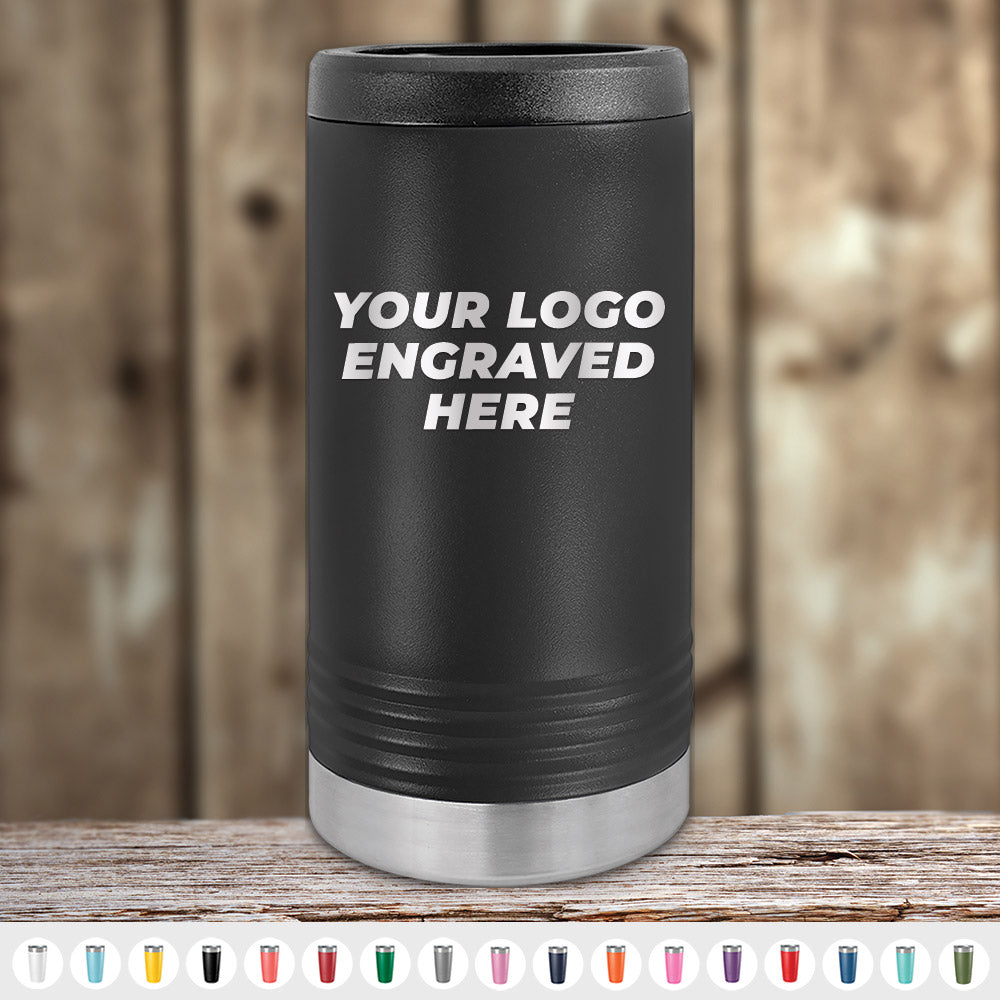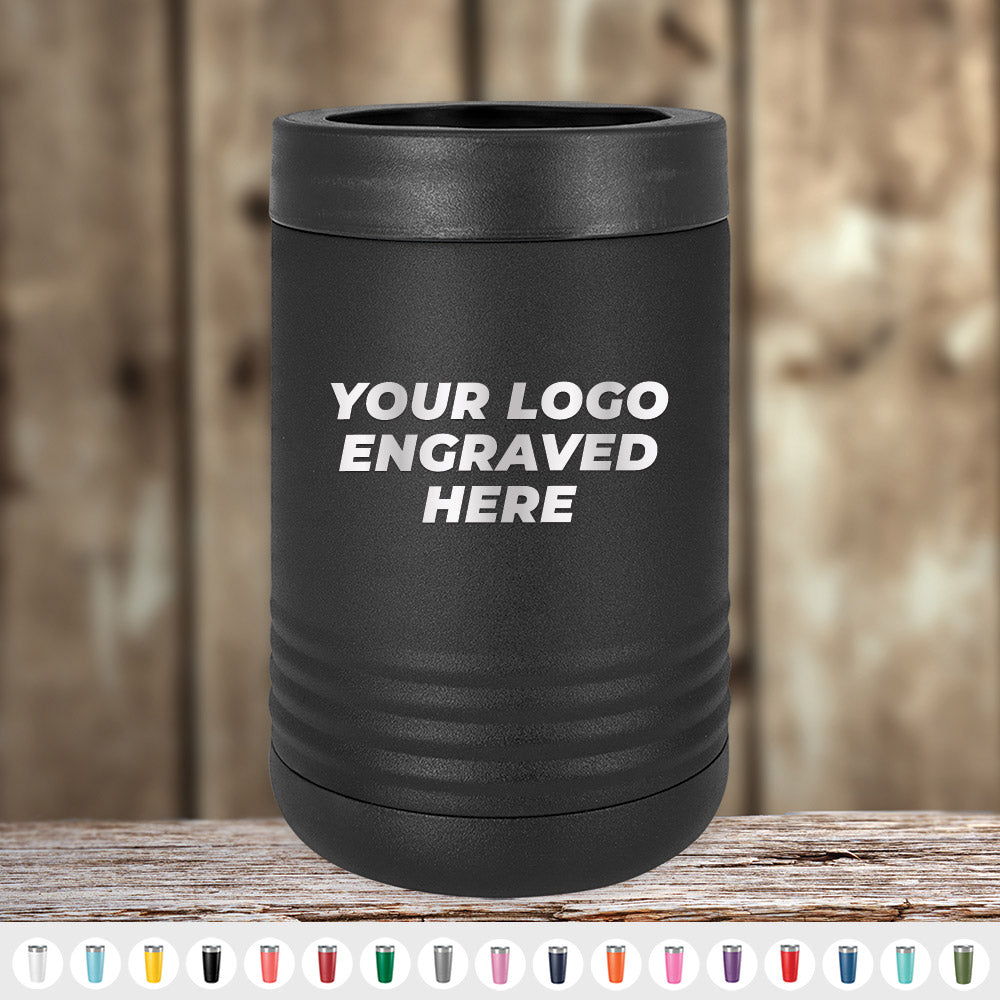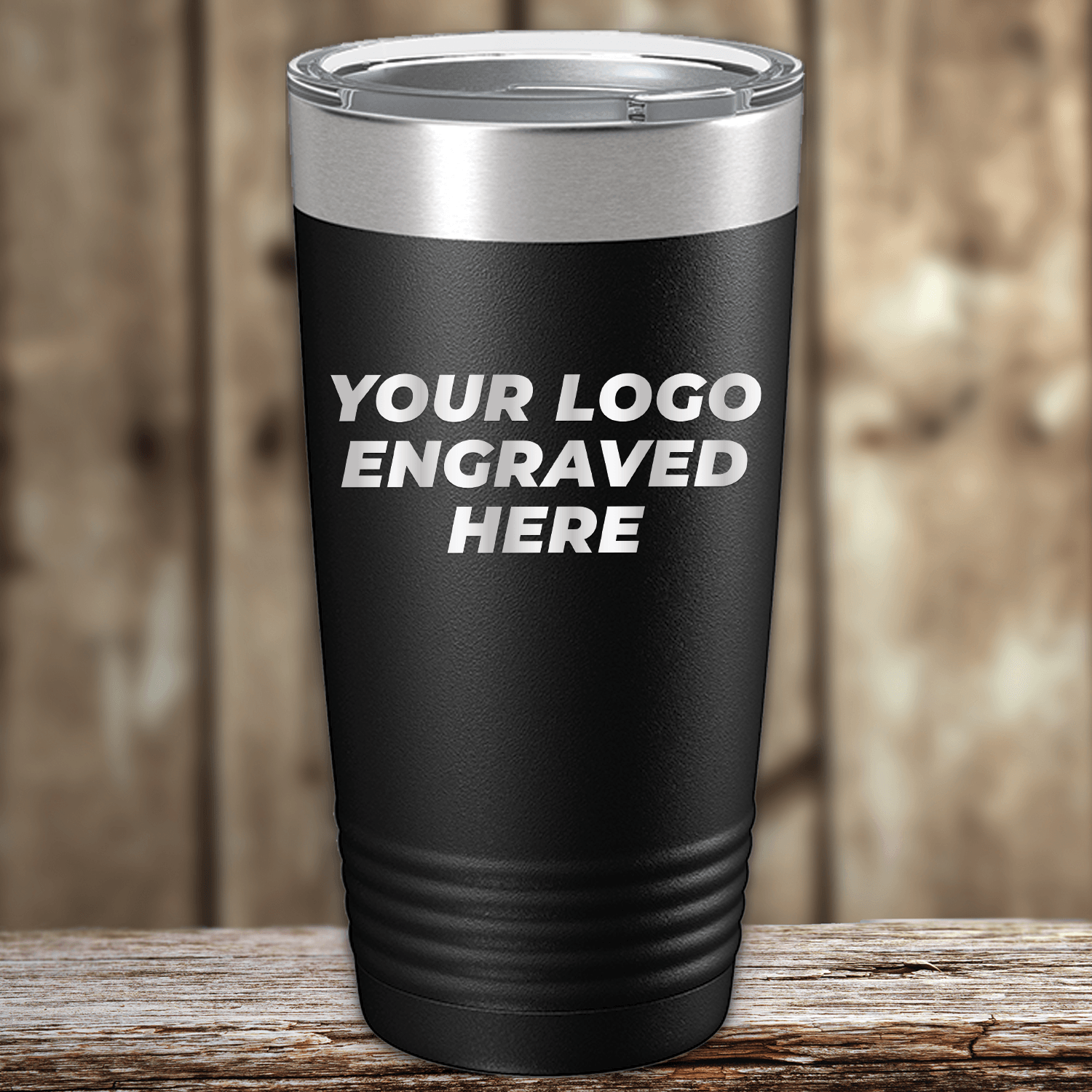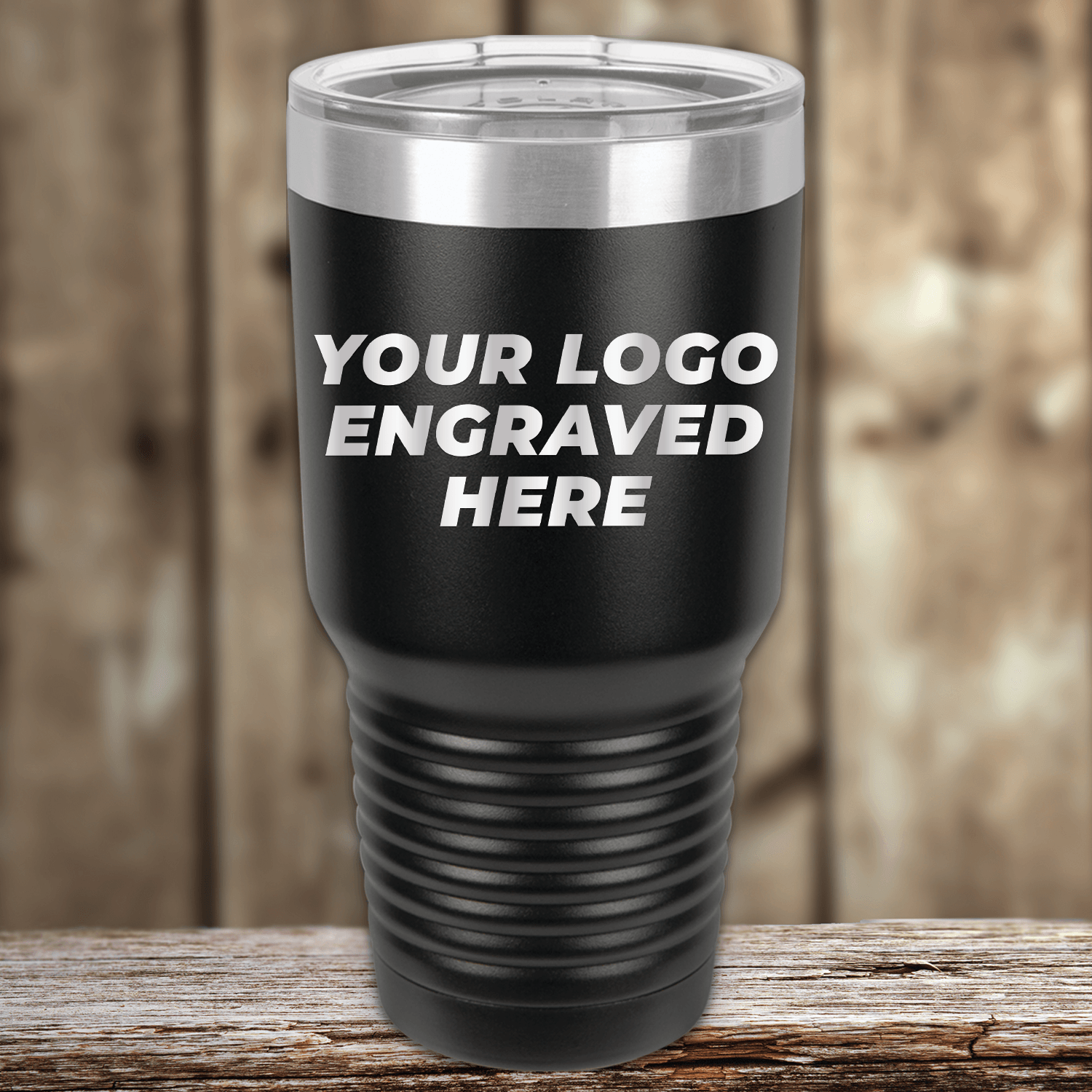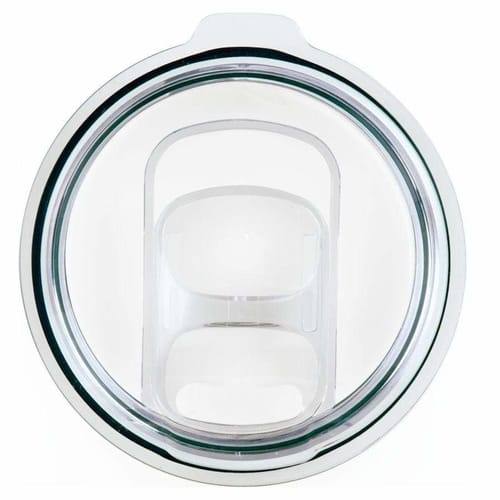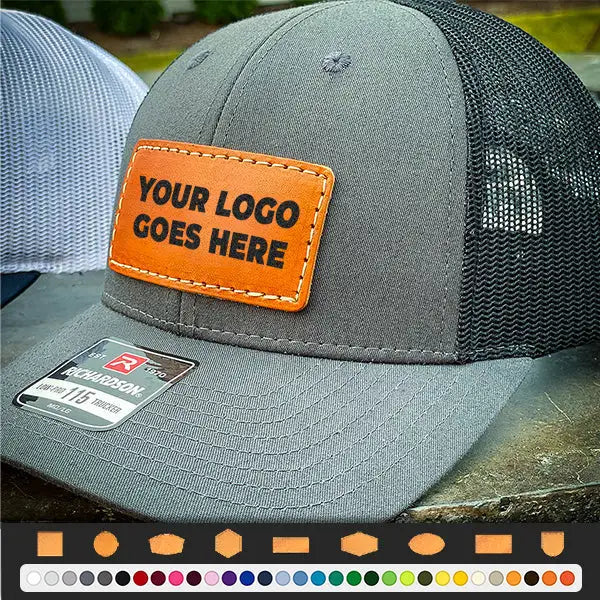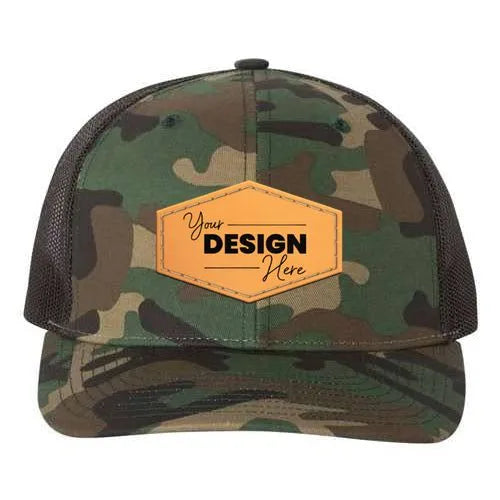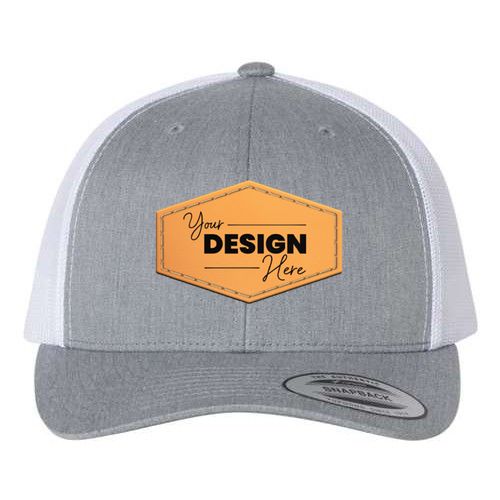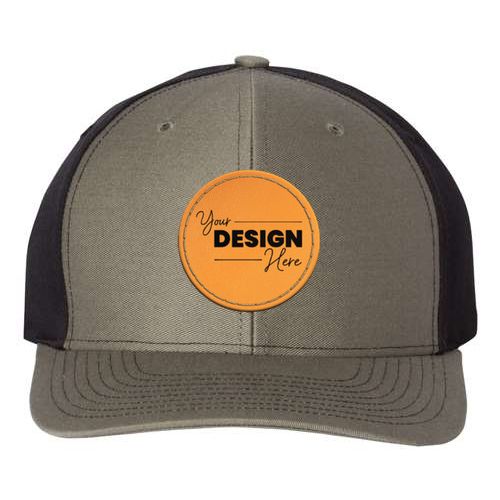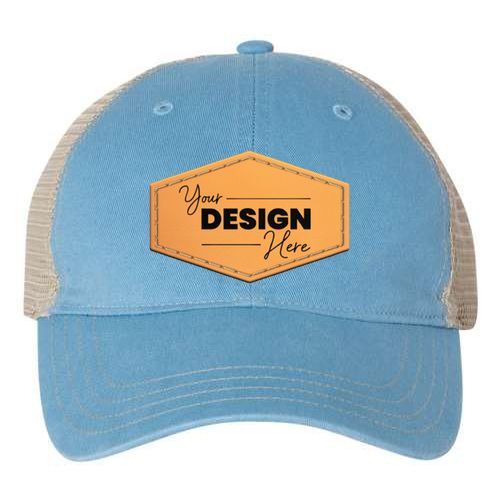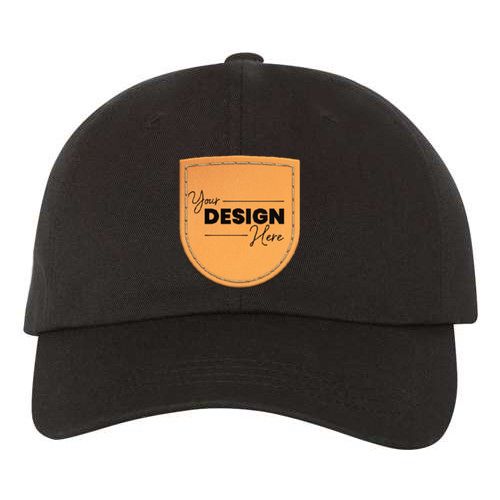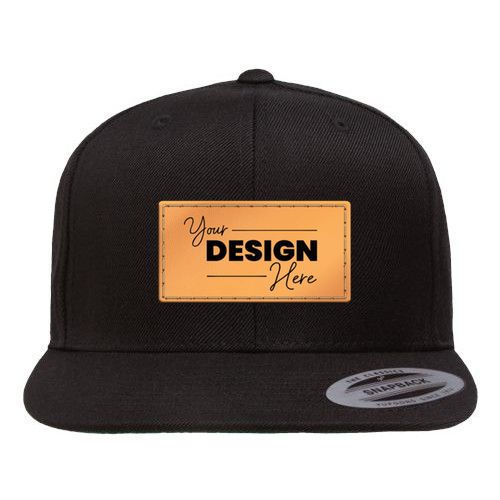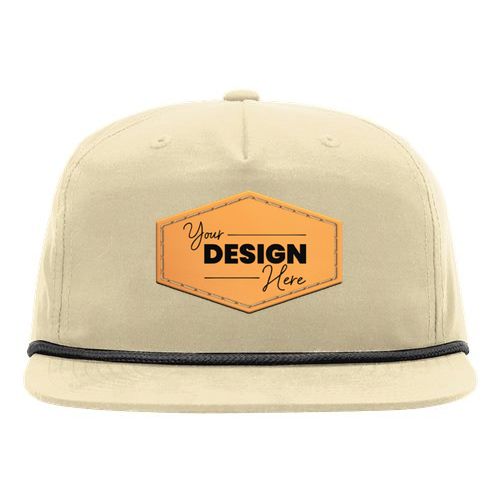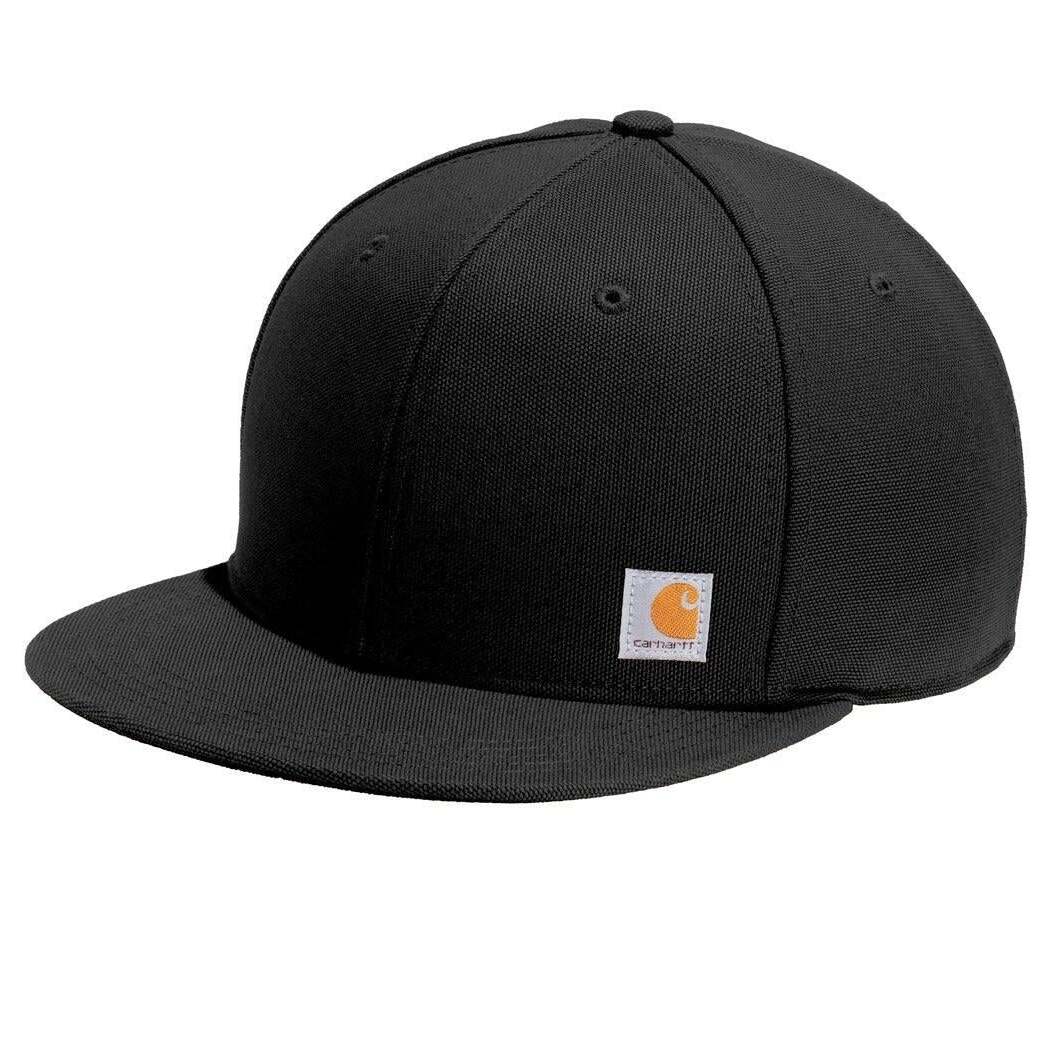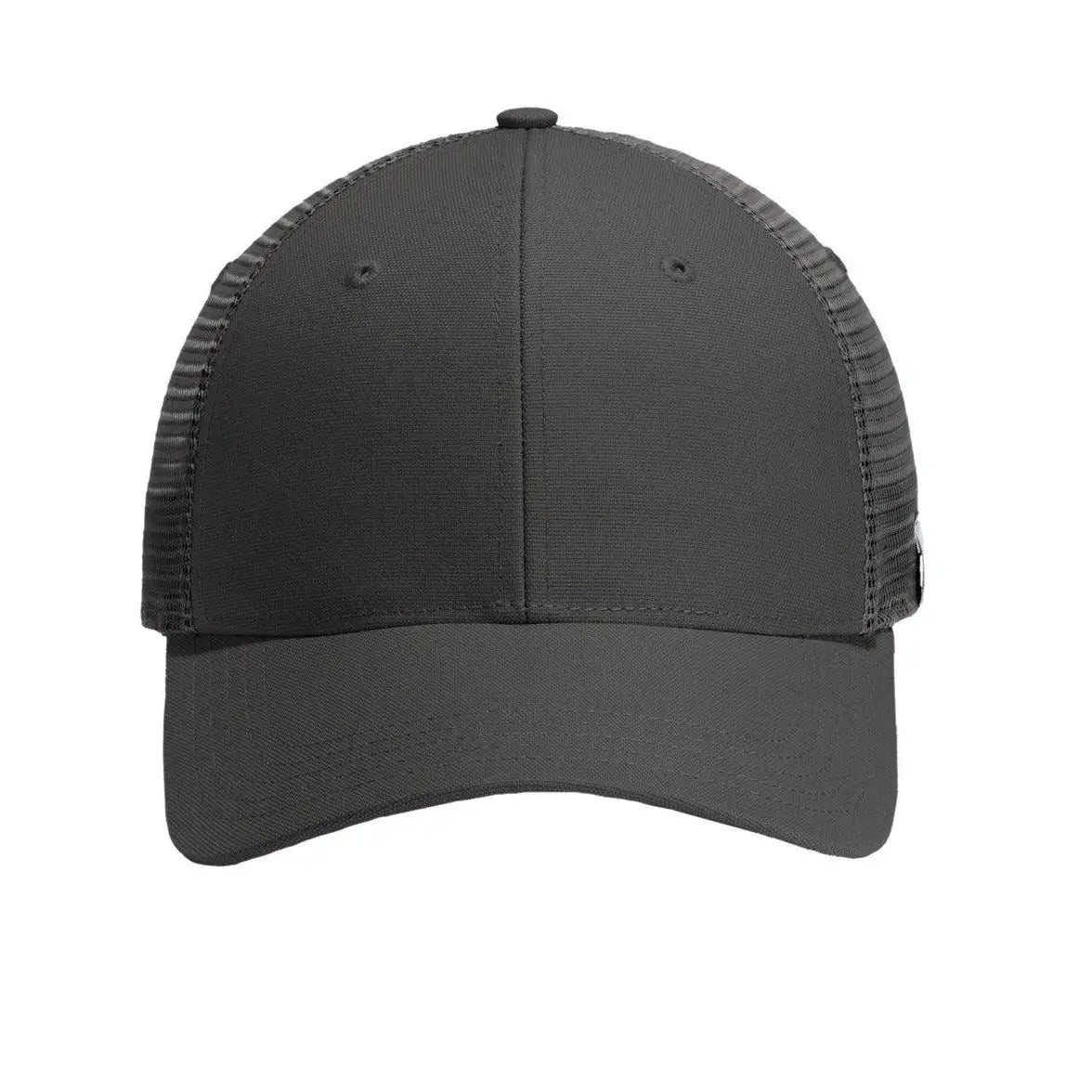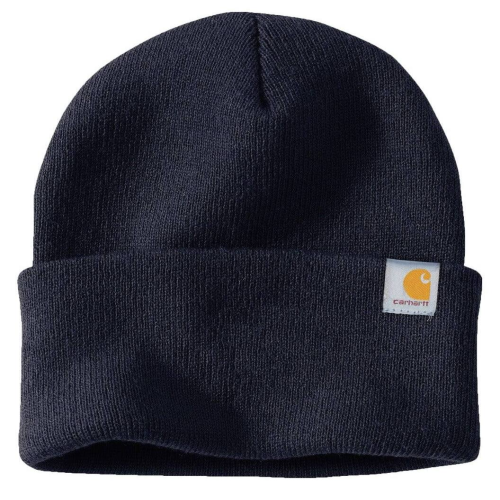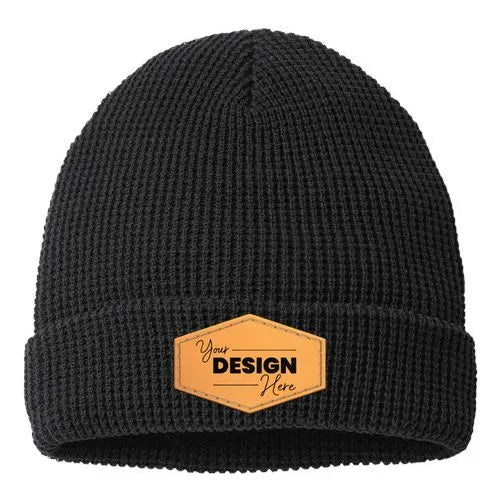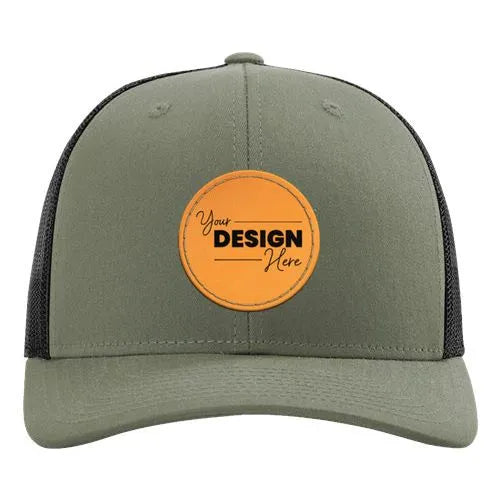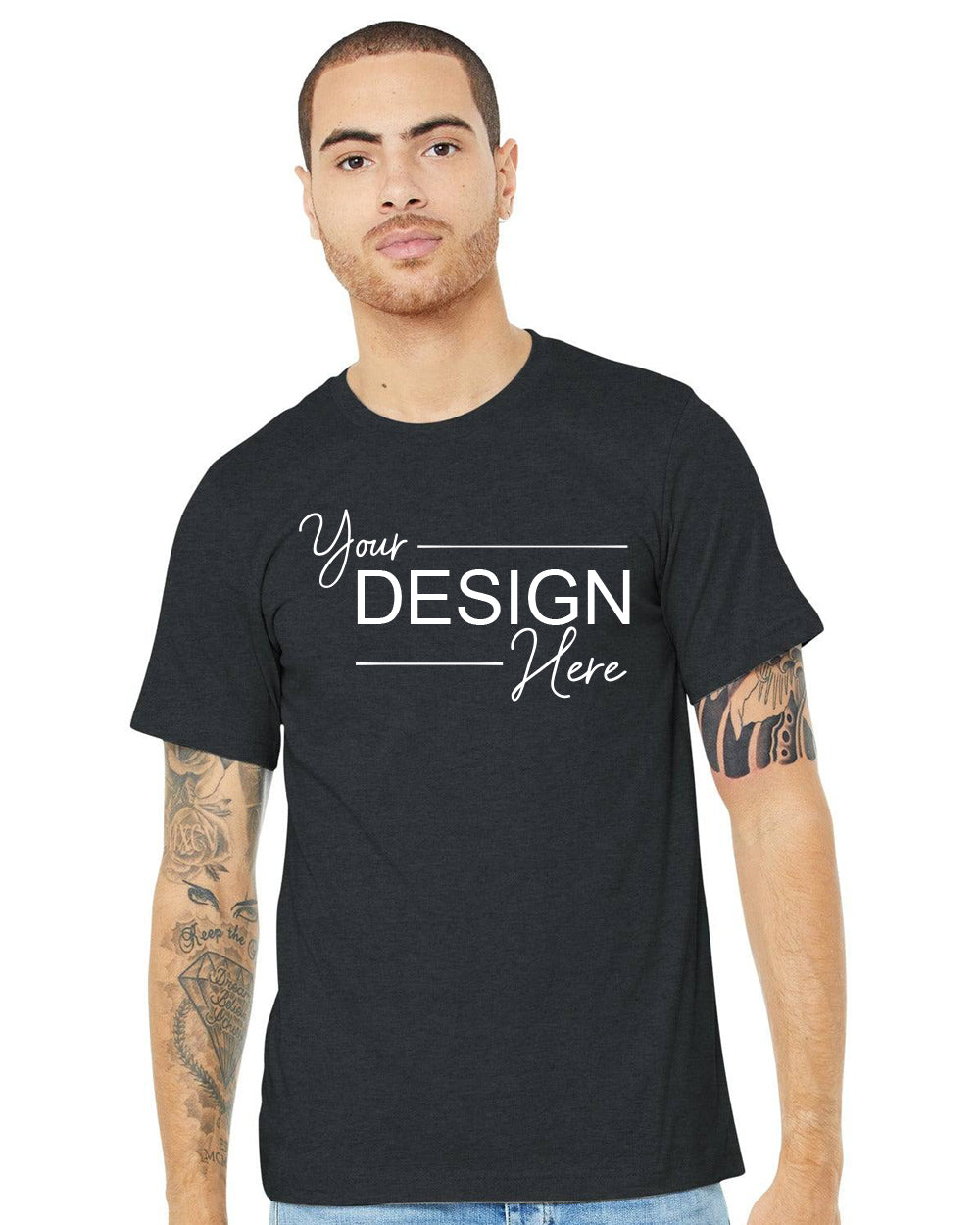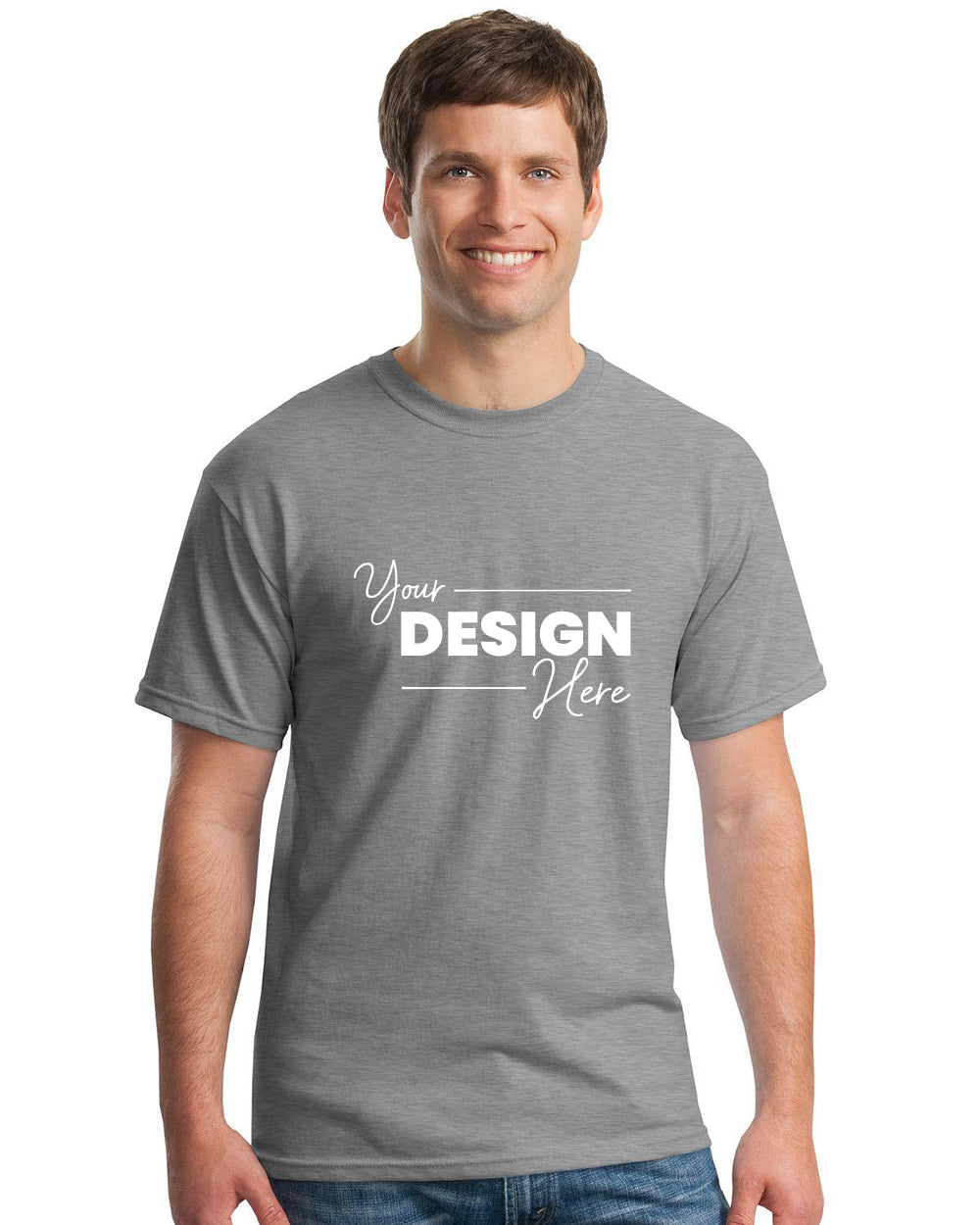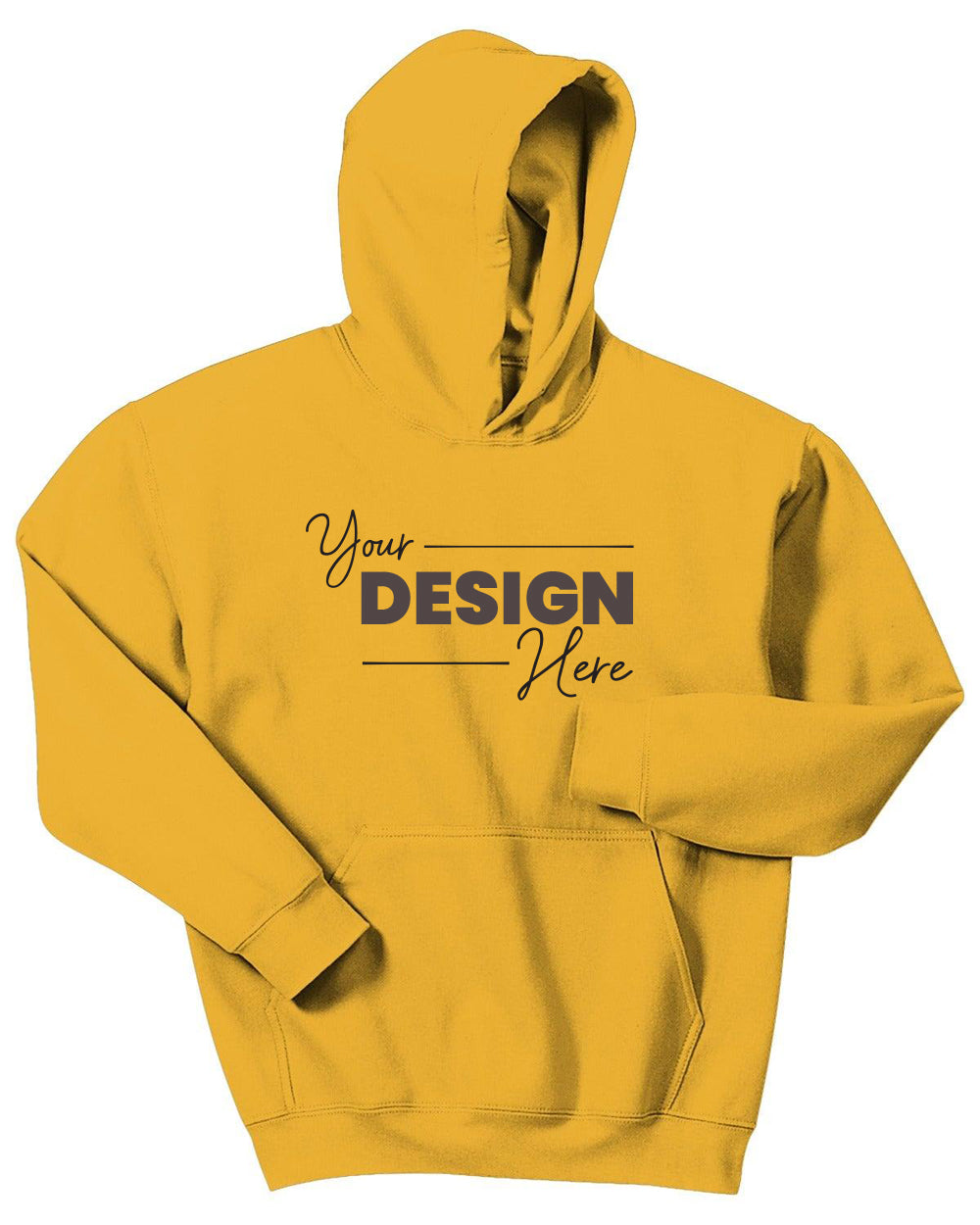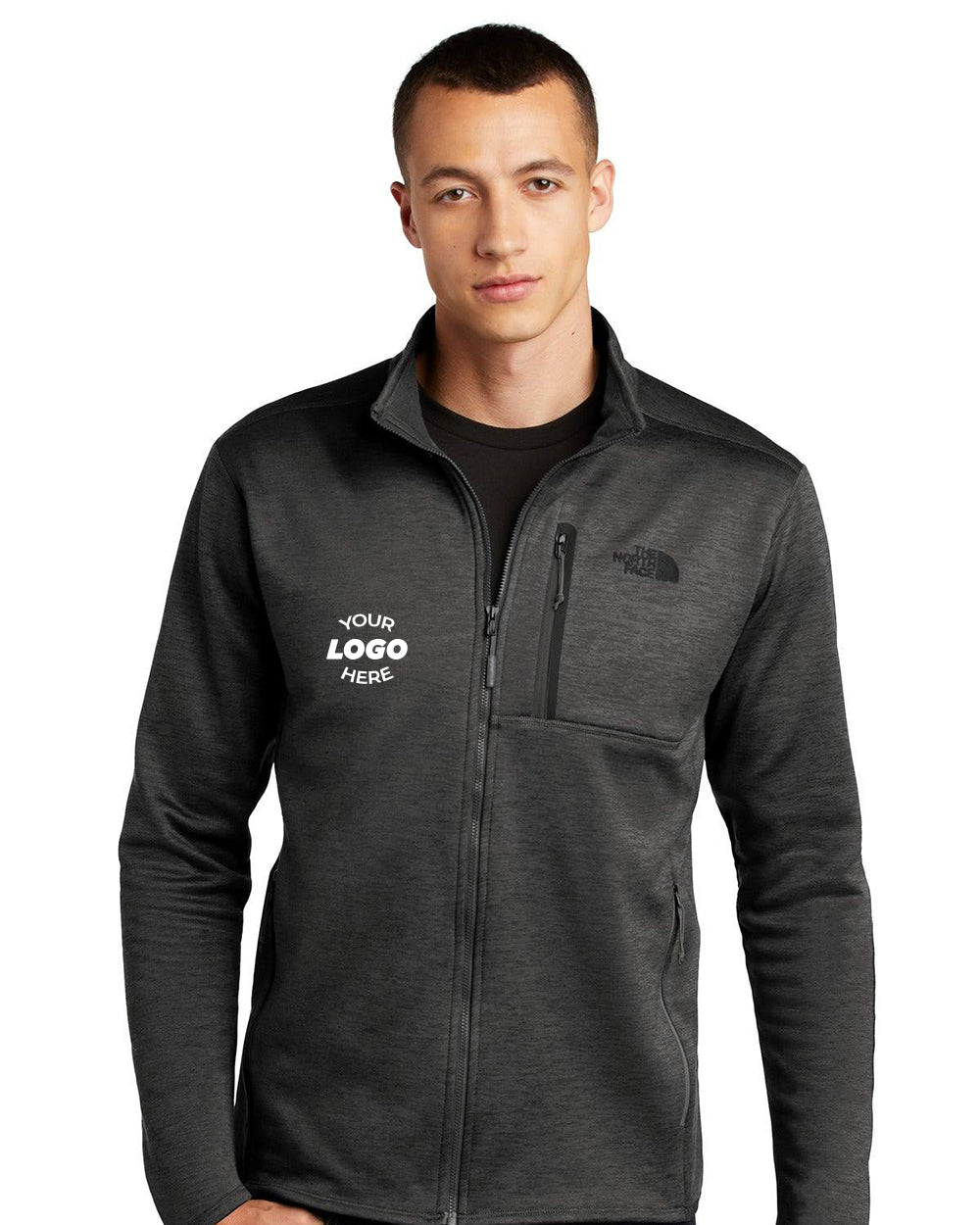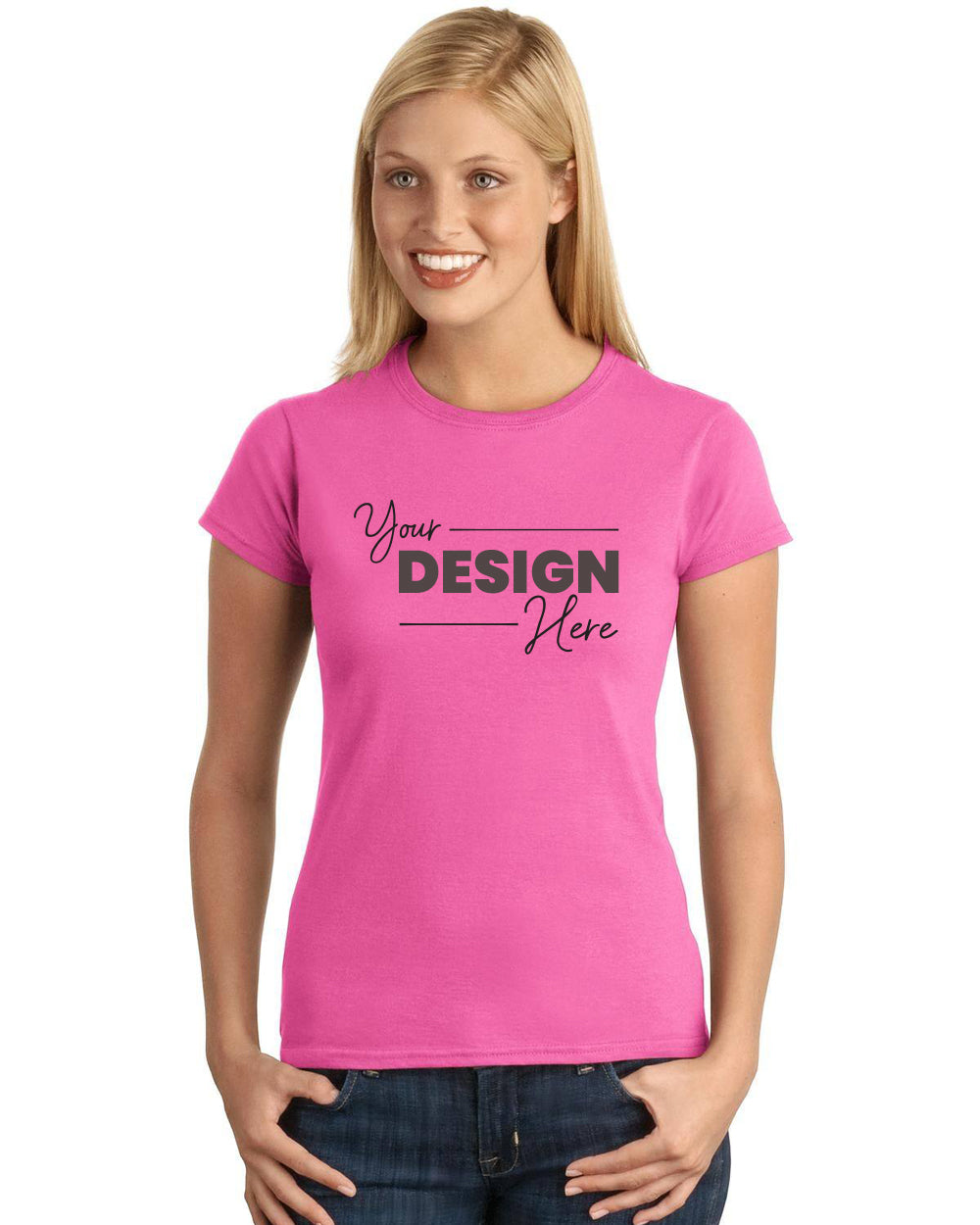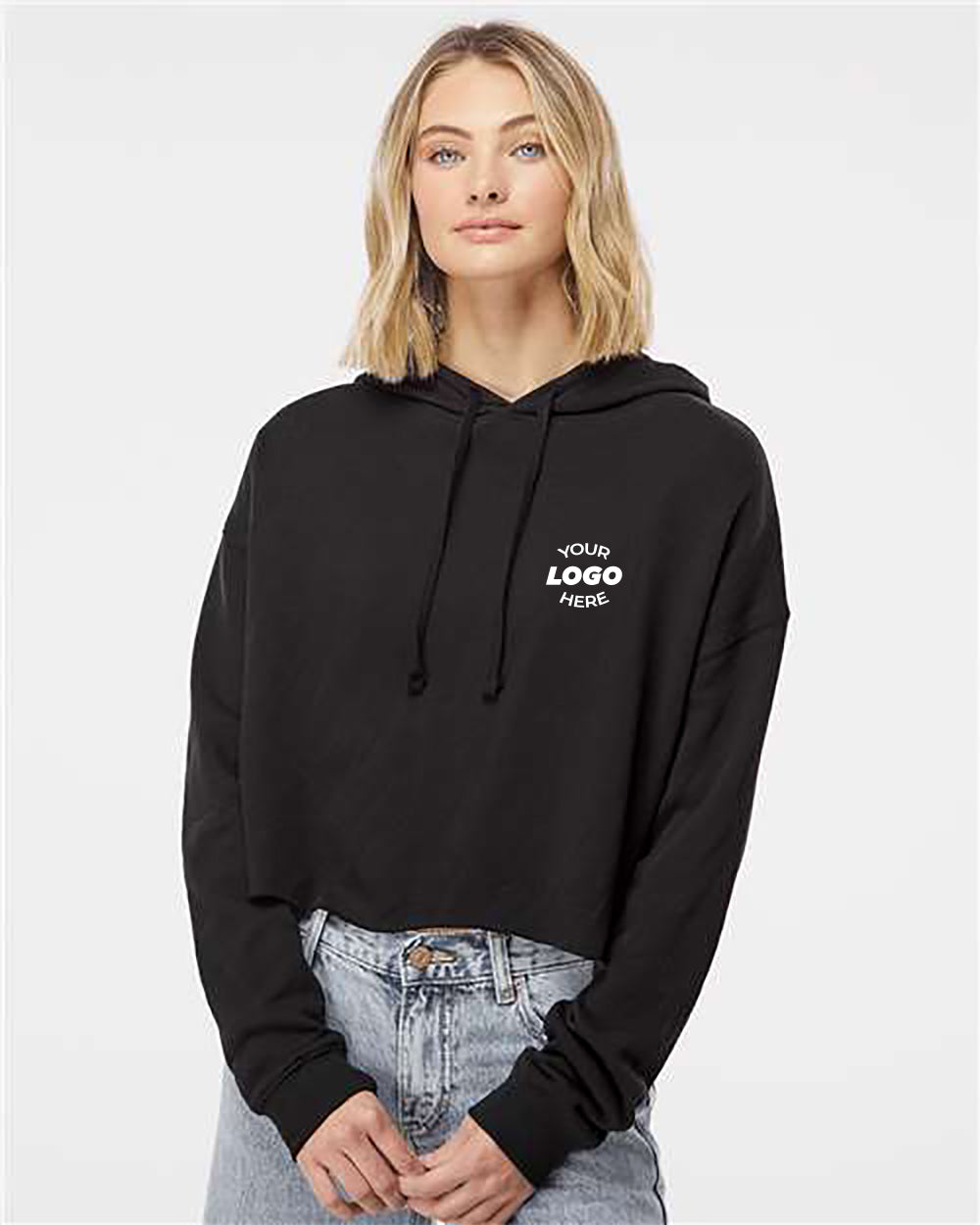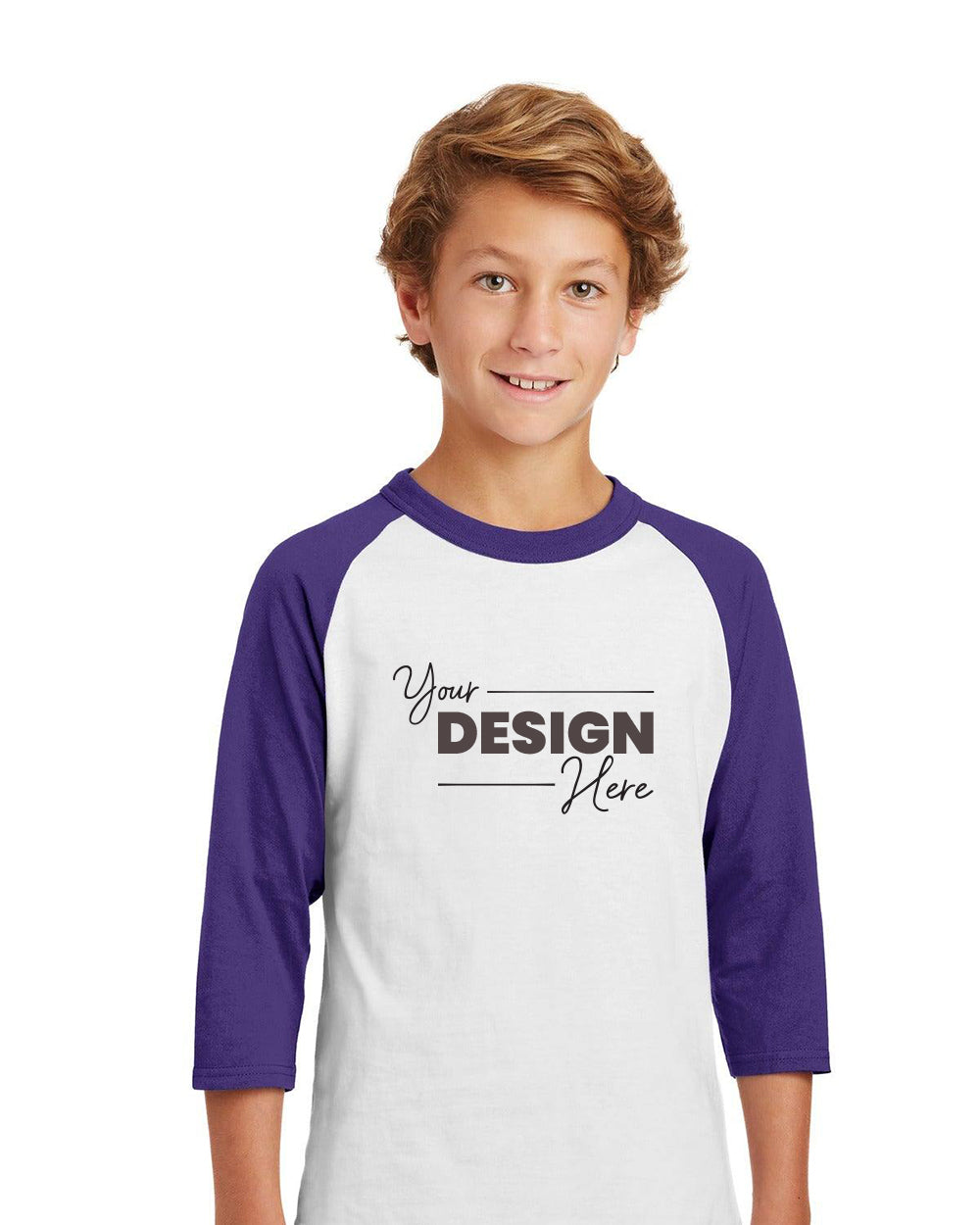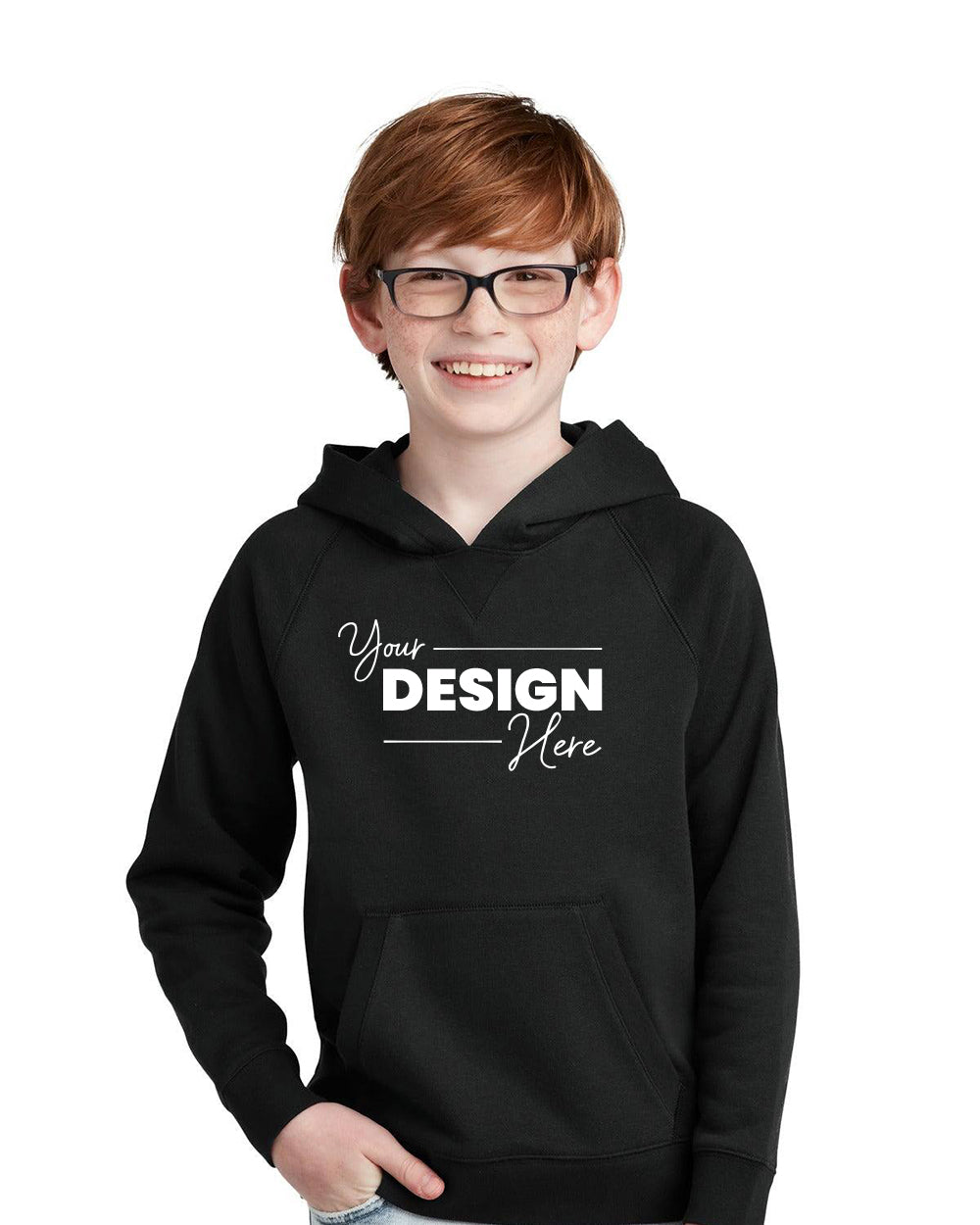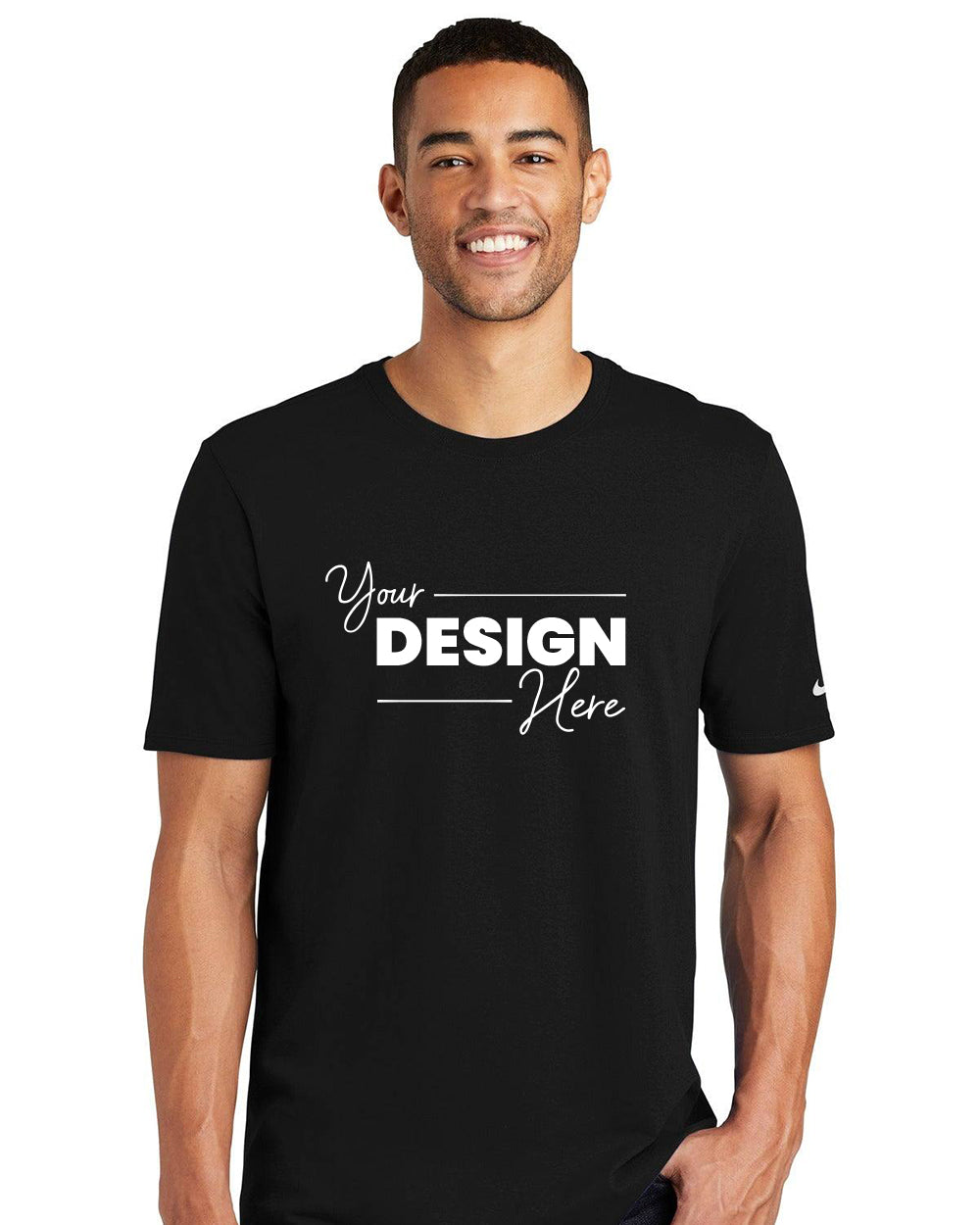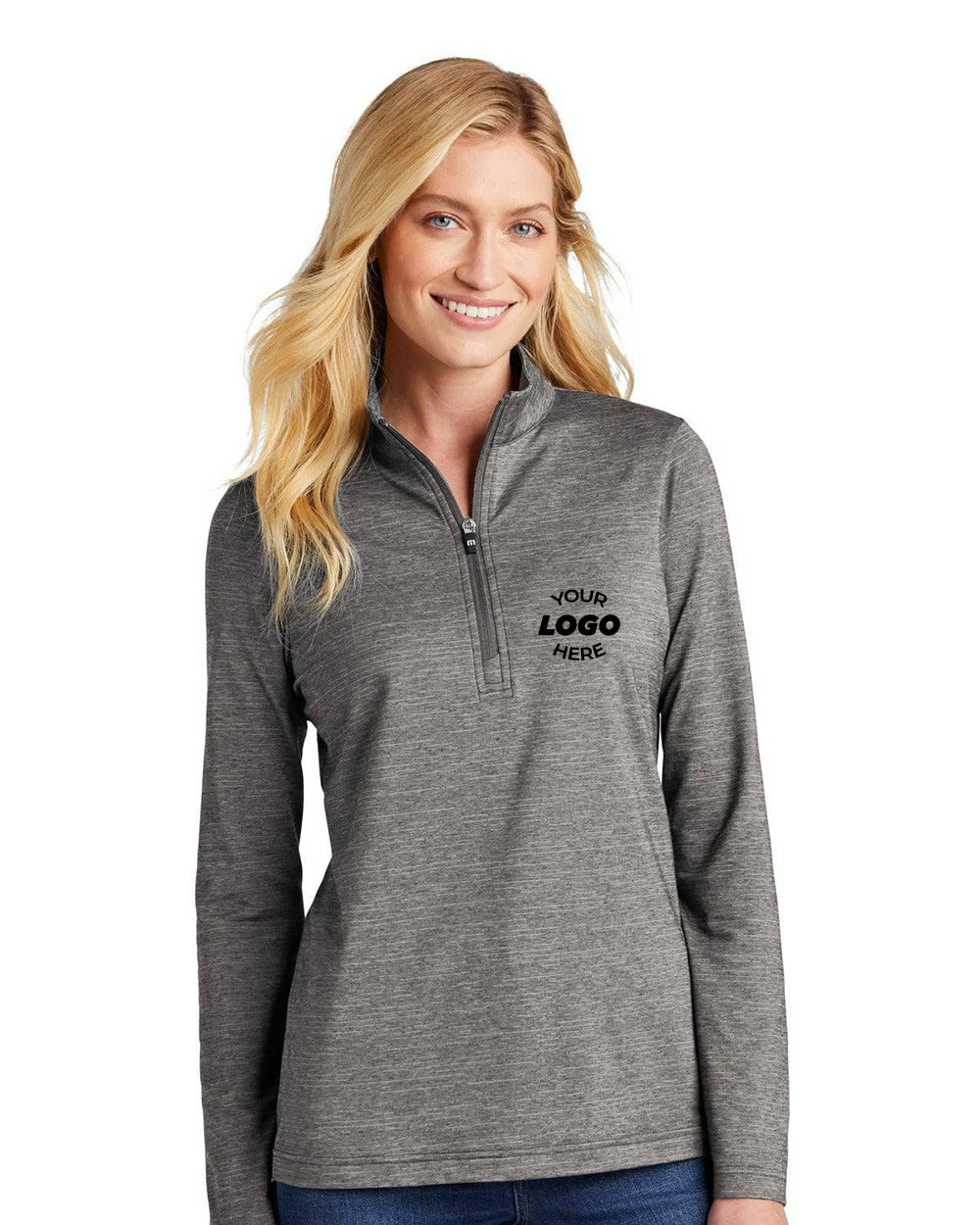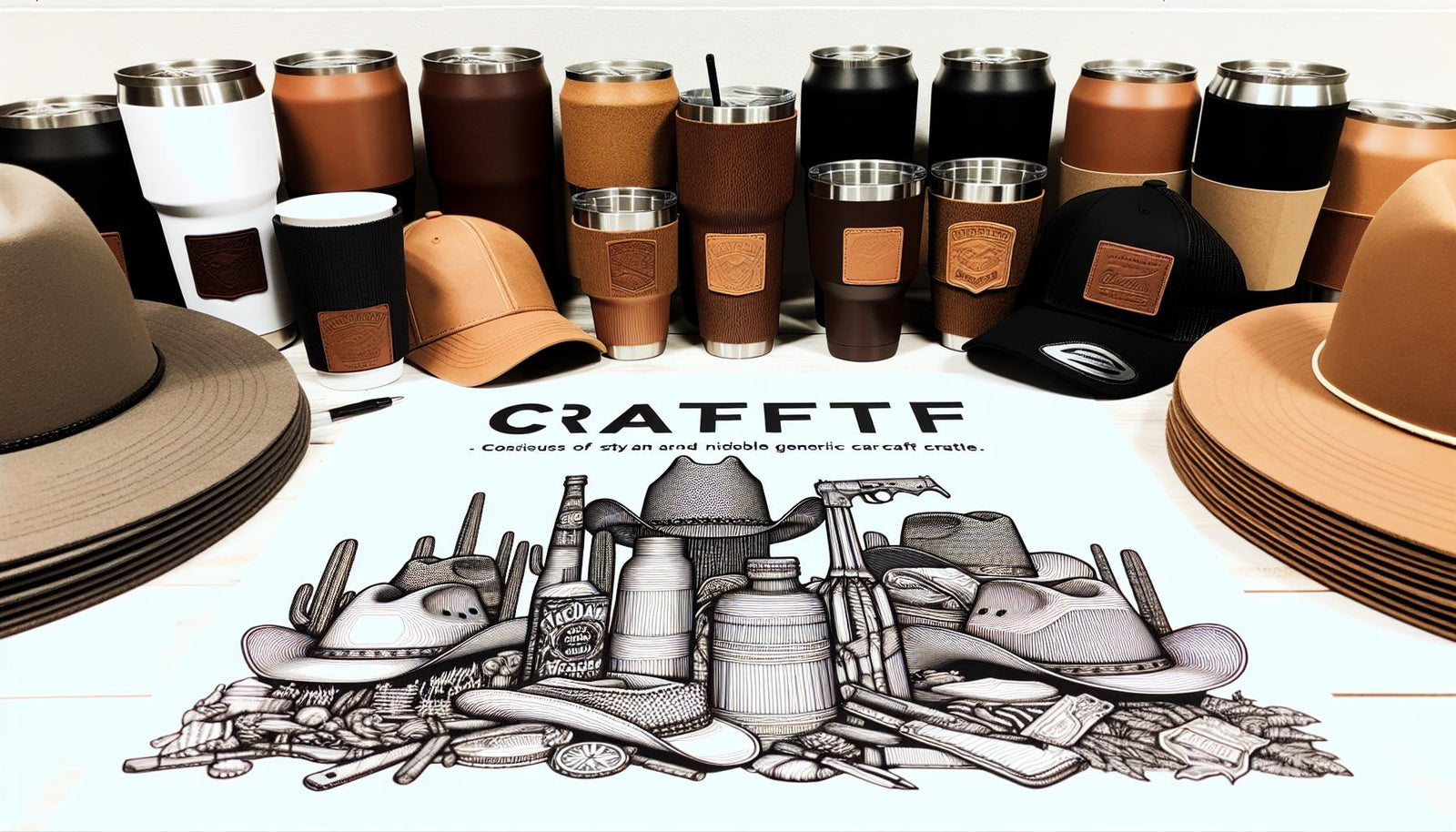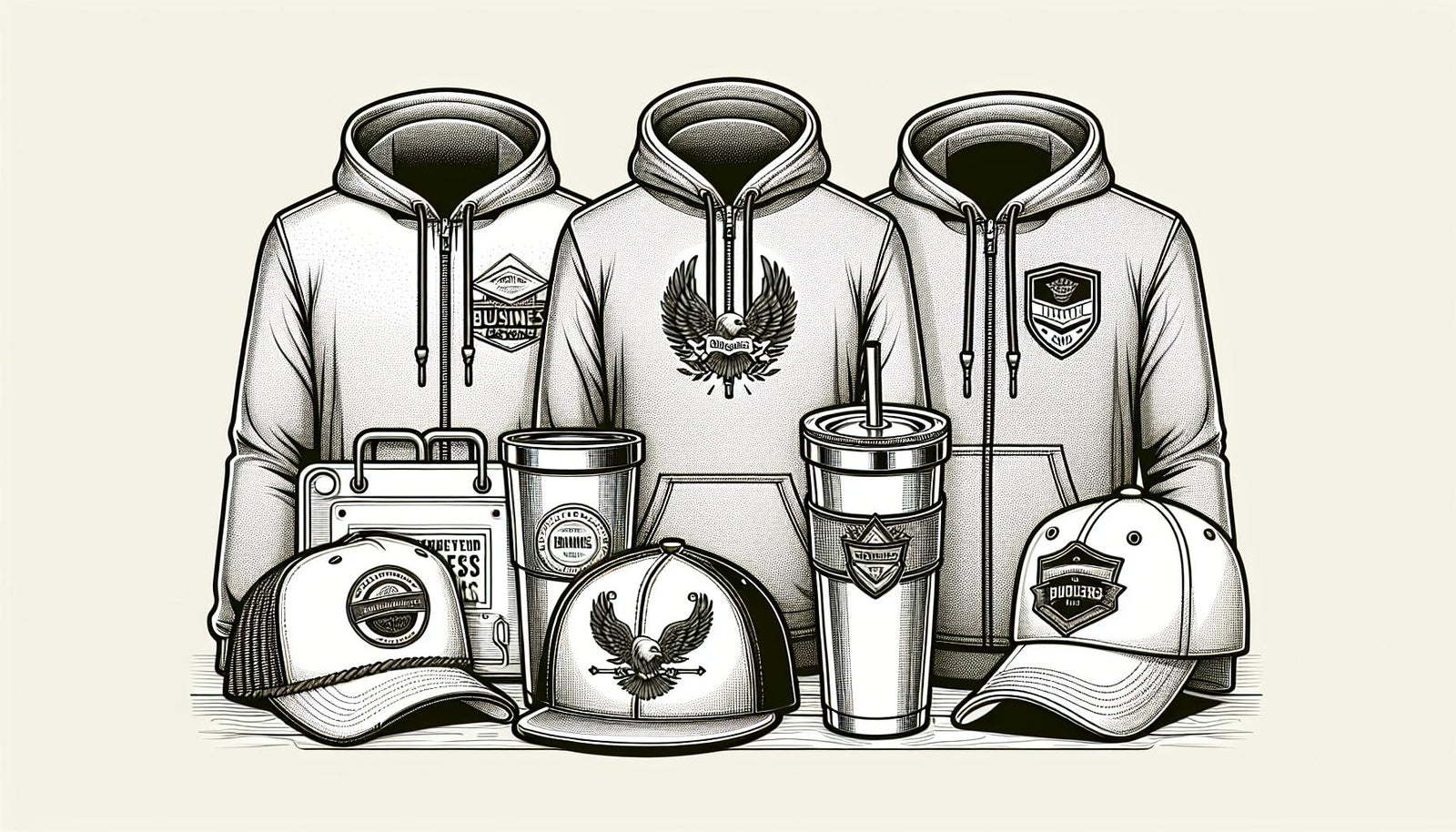-
DEALS
- Black Friday Sale
-
Package Deals: T-shirts
-
Package Deals: Long Sleeve
- Package Deals: Crewnecks
- Package Deals: Hoodies
- Shop All
-
Custom Drinkware
-
Custom Water Bottles
-
Custom Coffee Mugs
-
Custom Wine Cups
-
Custom Can Coolers
- Add Backside Logo or Names
- Custom Drinkware - No Minimal Order
- Add Priority Processing
- Accessories & Replacement
- Shop All Custom Drinkware
-
Custom Apparel
-
Custom Women's
-
Premium Brands
-
Custom Backpacks
-
Resources
-
Account
- Print on Demand App
Deals
SHOP BLACK FRIDAY DEALS
BEST SAVINGS ON NEW STYLE DRINKWARE!
Custom Drinkware
FEATURED PRODUCT
FEATURED PRODUCT
FEATURED PRODUCT
FEATURED PRODUCT
Custom Hats
Custom Apparel
FEATURED PRODUCT
FEATURED PRODUCT
FEATURED PRODUCT
FEATURED PRODUCT
FEATURED PRODUCT
FEATURED PRODUCT
FEATURED PRODUCT
FEATURED PRODUCT
FEATURED PRODUCT
FEATURED PRODUCT
FEATURED PRODUCT
FEATURED PRODUCT
Ultimate Guide: How To Price Your Custom Crewnecks Efficiently
Post by Rob Diederich April 05, 2024 6 min read
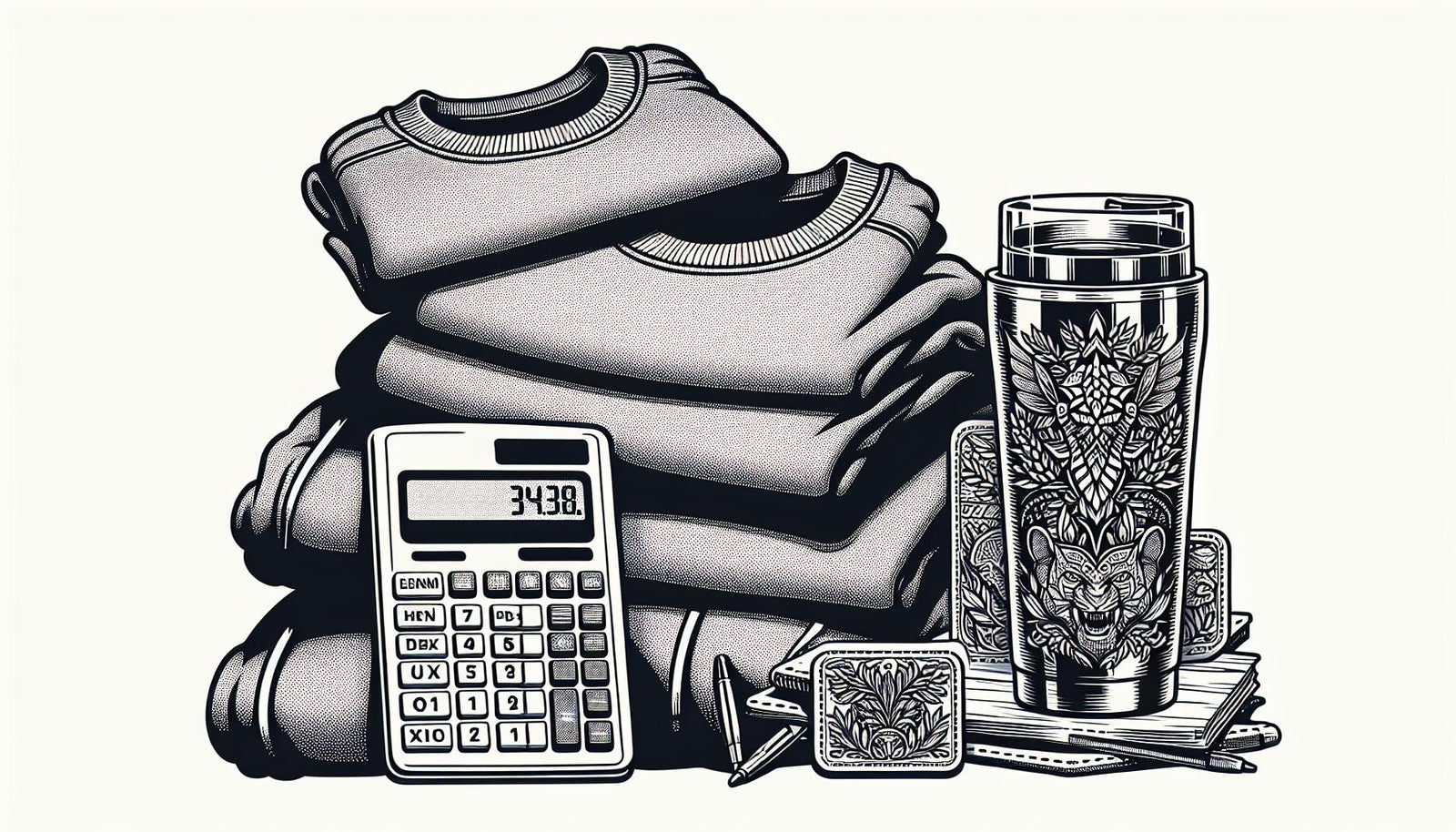
Contents
Pricing your custom crewnecks can feel like navigating through a maze blindfolded. I've been there, trying to balance between making a profit and offering competitive prices. It's a delicate dance, but don't worry, I've got your back.
In this guide, I'll walk you through the essentials of pricing your custom crewnecks. From understanding your costs to gauging market demand, I'll share insights that have helped me nail my pricing strategy every time. Let's dive in and turn those pricing puzzles into a piece of cake.
Understanding Your Costs
Before setting a price for your custom crewnecks, it's essential to have a clear understanding of your costs. Knowing where every penny is going ensures you're not only covering your expenses but also making a profit. Let's break down the primary costs involved in producing custom crewnecks.
Firstly, materials play a significant role in cost. This includes the fabric, thread, and any additional elements like tags. Bulk purchasing can reduce costs, but quality should never be compromised. High-quality materials lead to satisfied customers and repeat business.
Labor is another crucial factor. Whether you're producing in-house or outsourcing, knowing the cost of labor per item is key. This includes the time taken for design, production, and finishing touches on each crewneck.
Don't forget about overhead expenses, such as utilities, equipment maintenance, and rent for your workspace. These costs might not directly tie to each product but are essential for overall operations.
While understanding costs is vital, it's also crucial to explore other aspects of your business. For instance, our Custom Tumbler collection showcases how diversifying your product line can attract different customer segments, potentially increasing your overall sales.
Additionally, considering complementary products, such as items from our Custom Leather Patch Hats collection, can provide insight into pricing strategies that appeal to your target market.
Maintaining a competitive edge while ensuring profitability requires a delicate balance. Visit our homepage to explore more about how we navigate these challenges and for inspiration on managing your custom apparel offerings effectively. Remember, a comprehensive approach to understanding your costs will not only underpin your pricing strategy but also bolster your business's financial health in the long run.
Analyzing Market Trends

When setting prices for custom crewnecks, it's vital to not only understand the costs but also to keep a close eye on the prevailing market trends. This entails looking at what competitors are charging and what innovations they're bringing to the table, as well as identifying emerging patterns in consumer demand.
One key factor is the seasonality of purchases. During colder months, demand for crewnecks typically spikes, allowing for potentially higher pricing, whereas during warmer seasons, lowering prices might help maintain steady sales volumes. Keeping track of these trends can be challenging, but it's crucial for staying competitive.
Another aspect to consider is the popularity of customization options. As personalization becomes increasingly important to consumers, offering a wide range of customization could justify a higher price point. This ties back to knowing your costs well and ensuring each customization option remains profitable. For inspiration, checking out our Custom Tumbler collection could offer insights into successful customization approaches.
Competitive analysis is another indispensable tool. Researching how similar products are priced and marketed can provide valuable benchmarks. This doesn't mean simply matching or undercutting competitors' prices but rather understanding the value they offer and finding ways to differentiate your own products. Our Custom Leather Patch Hats are a great example of a product line that stands out in the marketplace through quality and customization options.
For further insights into managing custom apparel efficiently while staying abreast of industry trends, I highly recommend checking out the resources available on our home page. Here, you'll find a wealth of information designed to help you make informed decisions that balance competitiveness with profitability.
Setting Your Profit Margin

When it comes to pricing custom crewnecks, determining your profit margin is a critical step that can't be overlooked. I've learned that to stay competitive while ensuring profitability, a careful balance must be struck. It's not just about covering your costs; it's about understanding the value you offer.
Firstly, it's essential to calculate the base cost of producing a custom crewneck. This includes material, labor, and overhead costs. Only with this information in hand can I start to think about the profit margin. A standard approach in the industry is to aim for a profit margin of 20-50%. However, this varies based on factors like product quality, brand positioning, and market demand.
To gauge what profit margin will work for my custom crewneck line, I delve deeply into market research and compare my products with what's out there—especially the items from our successful Custom Leather Patch Hats collection. This comparison helps me understand what customers are willing to pay for unique, high-quality apparel.
I also take inspiration from our Custom Tumbler collection to see how customization options influence pricing and customer interest. Offering personalized choices can justify a higher price point, thus potentially increasing my profit margin.
To stay informed and make data-driven decisions, I constantly revisit these pricing strategies to align with current market trends. Our homepage features the latest insights on managing custom apparel effectively, which aids in my decision-making process.
Pricing custom crewnecks effectively involves a blend of cost analysis, market research, and understanding customer preferences. By setting a profit margin that reflects the value of my products while considering competitive pricing, I can ensure that my custom crewnecks are not only desirable but profitable.
Pricing Strategies for Custom Crewnecks

Knowing how to price custom crewnecks is crucial for the success of my business. It's a delicate balance between being competitively priced and ensuring healthy profit margins. I've learned that to thrive, understanding several strategic pricing models and how they can be applied to my products is key. Let's dive into some effective strategies that have helped shape my pricing approach.
Cost-Plus Pricing is my starting point. Here, I calculate the total cost of producing a custom crewneck, including materials, labor, and overheads. To this base cost, I add a predetermined profit margin. Typically, I aim for a margin that reflects the value of the product while staying competitive. For custom crewnecks, a margin of 20%-50% is a sweet spot, depending on the quality and uniqueness of the design.
Value-Based Pricing takes the customer's perceived value into account. It's more subjective but immensely powerful. By comparing my custom crewnecks to similar items in the market, like those in our Custom Leather Patch Hats line, I can gauge what customers are willing to pay based on perceived value. Additionally, showcasing exclusive features or customization options found in our Custom Tumbler collection helps justify a higher price point due to increased desirability.
Competitive Pricing requires me to stay vigilant about my competitors' pricing strategies without compromising my profitability. By leveraging insights from the home page, I stay updated on industry trends and adjust my prices to remain competitive.
By regularly revisiting these pricing strategies and aligning them with market demands, I ensure my custom crewnecks are priced optimally. It's a dynamic process, but one that's essential for sustainable growth and customer satisfaction.
Conclusion
Pricing your custom crewnecks smartly is key to balancing profitability with competitiveness. I've walked you through various strategies, from Cost-Plus Pricing to Value-Based and Competitive Pricing. Remember, it's not just about covering costs but also about understanding your product's value and how it stands in the market. Keep a keen eye on market trends and customer feedback to tweak your pricing as needed. This approach ensures your custom crewnecks remain both competitive and profitable, fostering sustainable growth for your brand. Trust me, mastering this balance is what sets successful apparel businesses apart.
Frequently Asked Questions
What are the main pricing strategies mentioned for custom crewnecks?
The main pricing strategies mentioned include Cost-Plus Pricing, where the production cost plus a profit margin of 20%-50% is considered. Value-Based Pricing takes into account the customer's perceived value and unique attributes, similar to those found in Custom Leather Patch Hats and Custom Tumbler collections. Competitive Pricing focuses on staying profitable while being aware of competitors' pricing strategies.
How does Cost-Plus Pricing work for custom crewnecks?
Cost-Plus Pricing involves calculating the total production cost of custom crewnecks and adding a profit margin between 20%-50%. This method aims to cover costs while remaining competitive in the market.
What is Value-Based Pricing and how is it applied?
Value-Based Pricing focuses on pricing products based on the perceived value to the customer rather than just the cost of production. For custom apparel, this could involve considering unique features or designs that elevate the product's value in the eyes of the consumer.
Why is Competitive Pricing important in the custom apparel market?
Competitive Pricing is crucial as it helps businesses stay profitable and relevant by ensuring prices are in line with what competitors are offering. It involves monitoring the pricing strategies of competitors and making adjustments to your pricing to remain attractive to customers.
How often should pricing strategies be revisited in the custom apparel industry?
Pricing strategies should be regularly revisited and adjusted based on market trends, customer demands, and competitive landscapes. This ensures that the pricing remains competitive, profitable, and aligned with the value provided to customers, fostering sustainable growth.
Rob Diederich
Promotional Products tips & trends, delivered right to your inbox.
Join over 10,234 business owners that receive Weekly Updates from Kodiak’s Blog Newsletter.
- Get expert tips for on Custom Products
- Stay up to date on the latest Kodiak news
- Delivered to your inbox monthly
Loved by Business Owners everywhere...
"My favorite marketing newsletter I’m subscribed to.”
— Faith Storey, Growth Manager @ Contrarian Thinking
Subscribe
Sign up to get the latest on sales, new releases and more …









